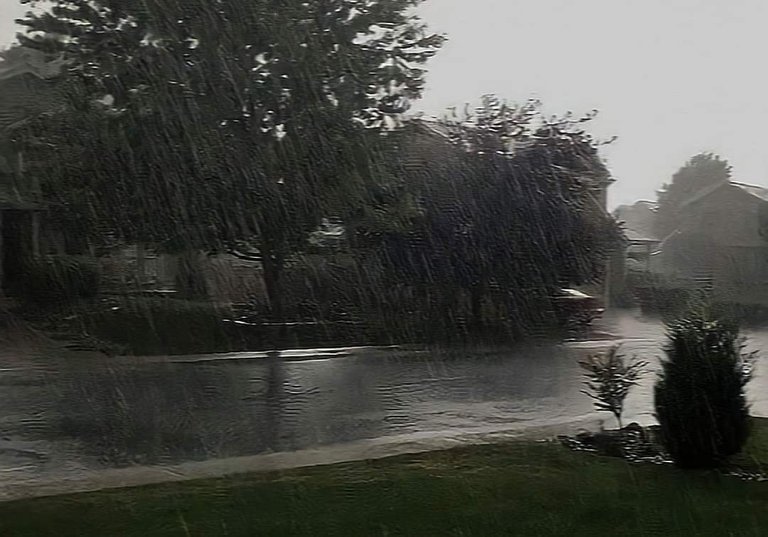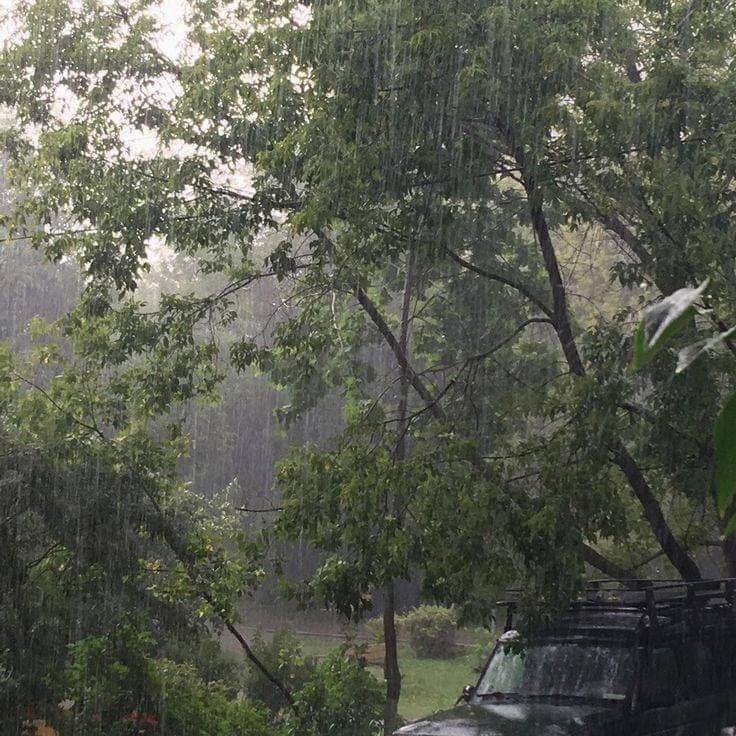
The Philippines is a tropical country located in Southeast Asia. It is known for its beautiful beaches, colorful festivals, and delicious cuisine. The country is also known for its unpredictable weather, especially during the rainy season. The rainy season in the Philippines usually starts in June and ends in November. In this blog, we will discuss the start of the rainy season in the Philippines and its impact on the country.

The rainy season in the Philippines is caused by the southwest monsoon, also known as the Habagat. The Habagat brings in moisture from the South China Sea, which causes heavy rainfall in the western part of the country. The eastern part of the country is usually spared from heavy rainfall during the rainy season because of the easterly winds.

The start of the rainy season in the Philippines is usually marked by the arrival of the first typhoon. Typhoons are tropical cyclones that develop over the warm waters of the Pacific Ocean. The Philippines is one of the countries that are most affected by typhoons in the world. The first typhoon of the year usually hits the country in June or early July.

The arrival of the first typhoon brings in heavy rainfall and strong winds that can cause damage to infrastructure and crops. The rainy season in the Philippines can also cause floods and landslides, especially in low-lying areas and mountainous regions. The government usually issues warnings and advisories to the public to prepare for the rainy season and to take necessary precautions to ensure their safety.

The rainy season in the Philippines also has a significant impact on the agriculture sector. The country is an agricultural country, and the majority of its population relies on agriculture for their livelihood. The rainy season provides the necessary water for the crops, but it can also cause damage to crops due to flooding and landslides.
The start of the rainy season in the Philippines also coincides with the start of the school year. Students and teachers have to brave the rain and floods to get to school. The government has implemented various measures to ensure the safety of students during the rainy season, such as the suspension of classes in areas that are heavily affected by the rain.

Despite the challenges brought about by the rainy season, it also has its benefits. The heavy rainfall provides water for the dams and reservoirs, which are used for irrigation, power generation, and drinking water. The rainy season also cools down the temperature, which provides relief from the scorching heat of the summer months.

In conclusion, the start of the rainy season in the Philippines is a significant event that has a significant impact on the country. It brings in heavy rainfall, strong winds, and typhoons that can cause damage to infrastructure and crops. The government and the public have to take necessary precautions to ensure their safety during the rainy season. Despite the challenges brought about by the rainy season, it also has its benefits, such as providing water for irrigation and power generation and providing relief from the scorching heat of the summer months.